Smartphone Studio Ep. 7: Using the iMovie Storyboard Feature [7:37 min]
TRANSCRIPT
When you are first starting out creating video content, it’s usually a spontaneous process. Aim, Shoot, Edit, Share.
As you become more experienced and you start shooting more complex videos you will want to do a lot of planning, or pre-production ahead of shooting.
This will involve creating a shotlist and storyboarding your script can so you can make sure you get all the coverage or shots necessary to bring it together in the edit.
Getting into the habit of planning out your shoot now while you are just starting out, this will create a solid foundation for you when you start upping your content and scope of creativity later.
To make it super easy, Apple has released a new feature in iMovie for the iPhone and iPad called Storyboard that will help you visually plan your shots.
Storyboarding is when you map out your story by creating a guide of the shots you will need visually, usually on paper in comic book panel style (Hold up or show a storyboard worksheet) . Storyboarding will consist of visualizing your shot in the frame, labeling the shot based on the view you are wanting to shoot, and a brief description of the action.
When your shoot day arrives, you and your crew will all be on the same page when it comes to capturing the coverage, saving you time and effort.
You then will use your storyboard to plan out your video edit when getting to that step.
Let’s take a look at how the Storyboard feature in iMovie in iOS and iPadOS will help you create your shot list and make your pre-production and editing more efficient.
Start by opening up iMovie either on your iPhone or iPad.
Select the Option of Storyboard under Start New Project.
Since one of our next videos will be how to shoot an interview, let’s use the “About Me” Storyboard.
You will be able to select a Style for your Storyboard. Each has a preset of music, font style, color and a filter to apply to your video footage. You can change the settings for each Style under “Options”,
We’re going to use the Essential Style for this example. Select Create in the upper right hand side of the screen.
You’ll see a player and a template broken into different sections with descriptions of shots underneath.
Press play in the viewer.
As the Storyboard video plays the shot that is on screen is highlighted.
Hit play to stop the video. Tap “i” in the player. Your video now shows the name of the shot with a brief description.
Storyboards is walking you through the recommended shots you should capture to create a professional looking and sounding interview video. Now it’s time to shoot the content for each storyboard block.
For this interview, we’re going to have our iPhone on a tripod and use an external microphone to capture the cleanest audio. Check out our video on How to Shoot an Interview for even more best practices.
Either find a partner or plan on being both the camera operator and interview subject for this video. Open up iMovie on your iPhone.
Select the About Me template you previously opened and click Edit.
Review the shot styles and action described in each scene. Plan out any action in your shots, and rehearse what will be said.
Select the first shot, Medium Shot, and tap on the pencil icon for a set of options.
You have the following options:
Choose From Library
Take Video or Photo
Rename Clip
Edit Clip
For this video we will be using the Take Video or Photo option.
Make sure you have your subject framed just like shot description from the waist up in a Medium shot
Your camera app should open and you’ll see your frame rate and resolution in the corner. Tap on the setting to record in 1080p at 30fps.
Hit record, then have you or your partner introduce themselves by saying their name and where they are from. When you’re finished, stop recording.
You can select from two options: retake or use video. If you want to record again, select Retake, if you are satisfied with the take, select Use Video.
(ACTION: Select Use Video.)
The video is now in your Storyboard list, as you can see by the thumbnail.
Continue the process of selecting the pencil icon, and recording each shot matching the framing and answering the questions in the descriptions.
After you’ve attached a clip to each block, you will have a rough edit of your About Me video already completed!
Press play to watch it back. There may be a few clips that you want to trim for length.
